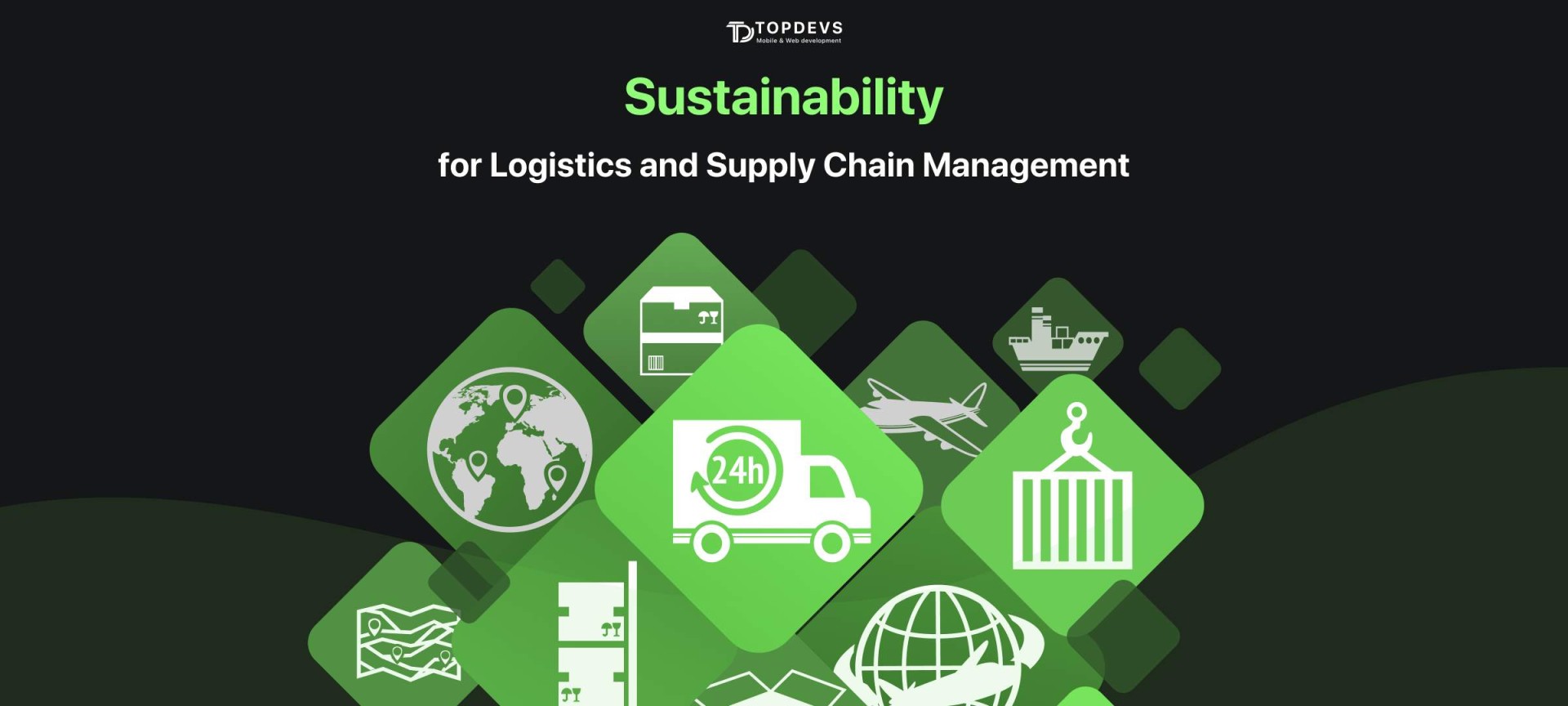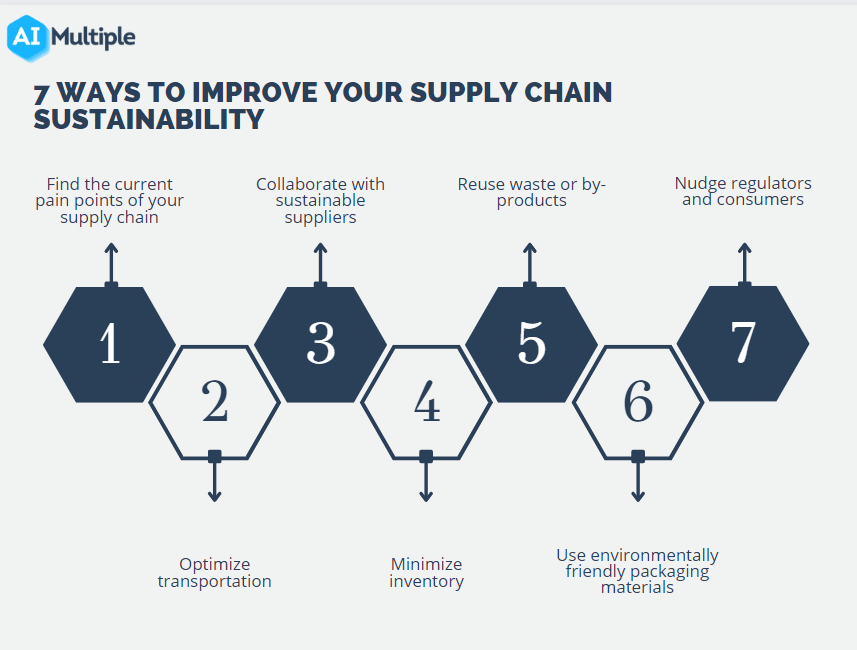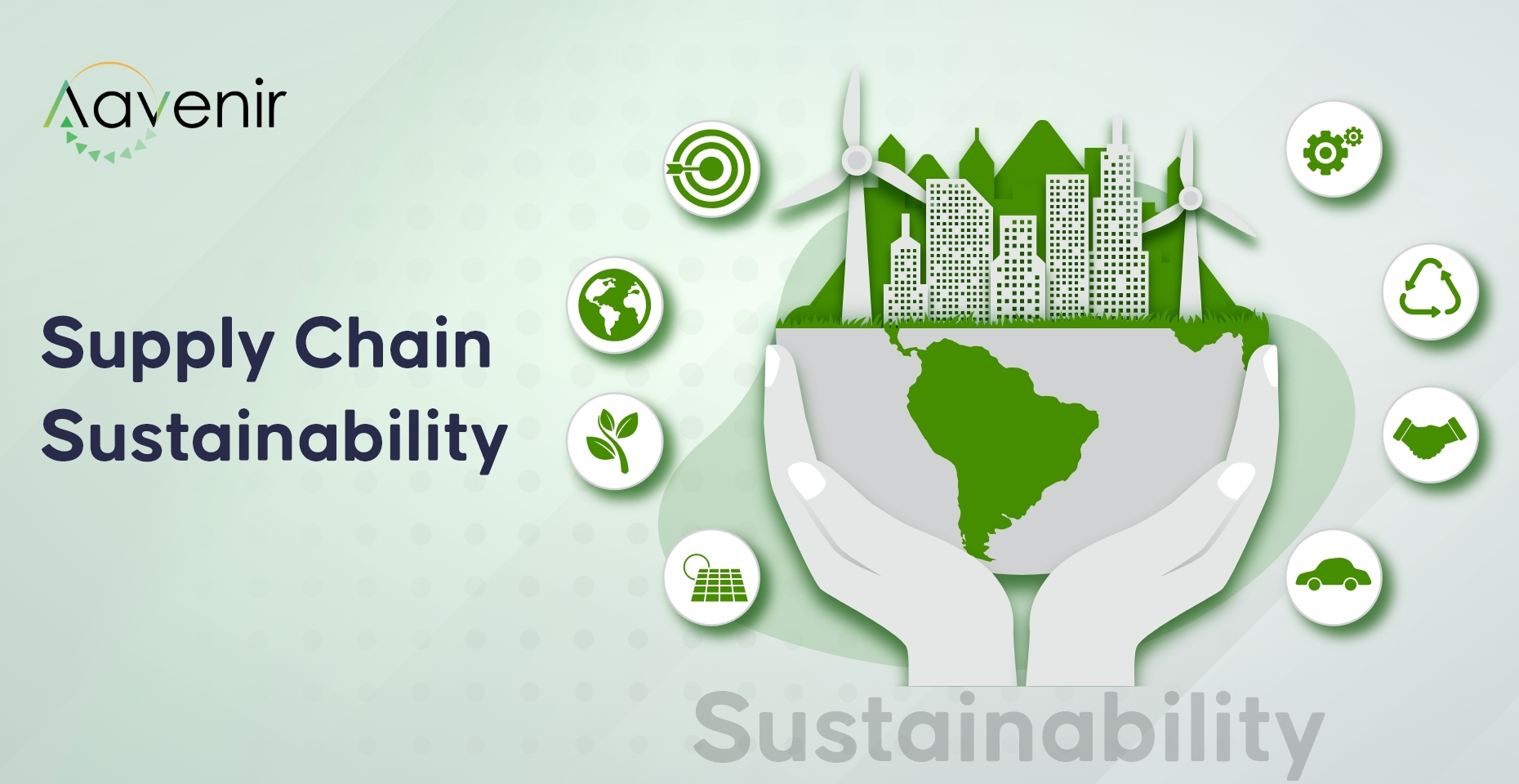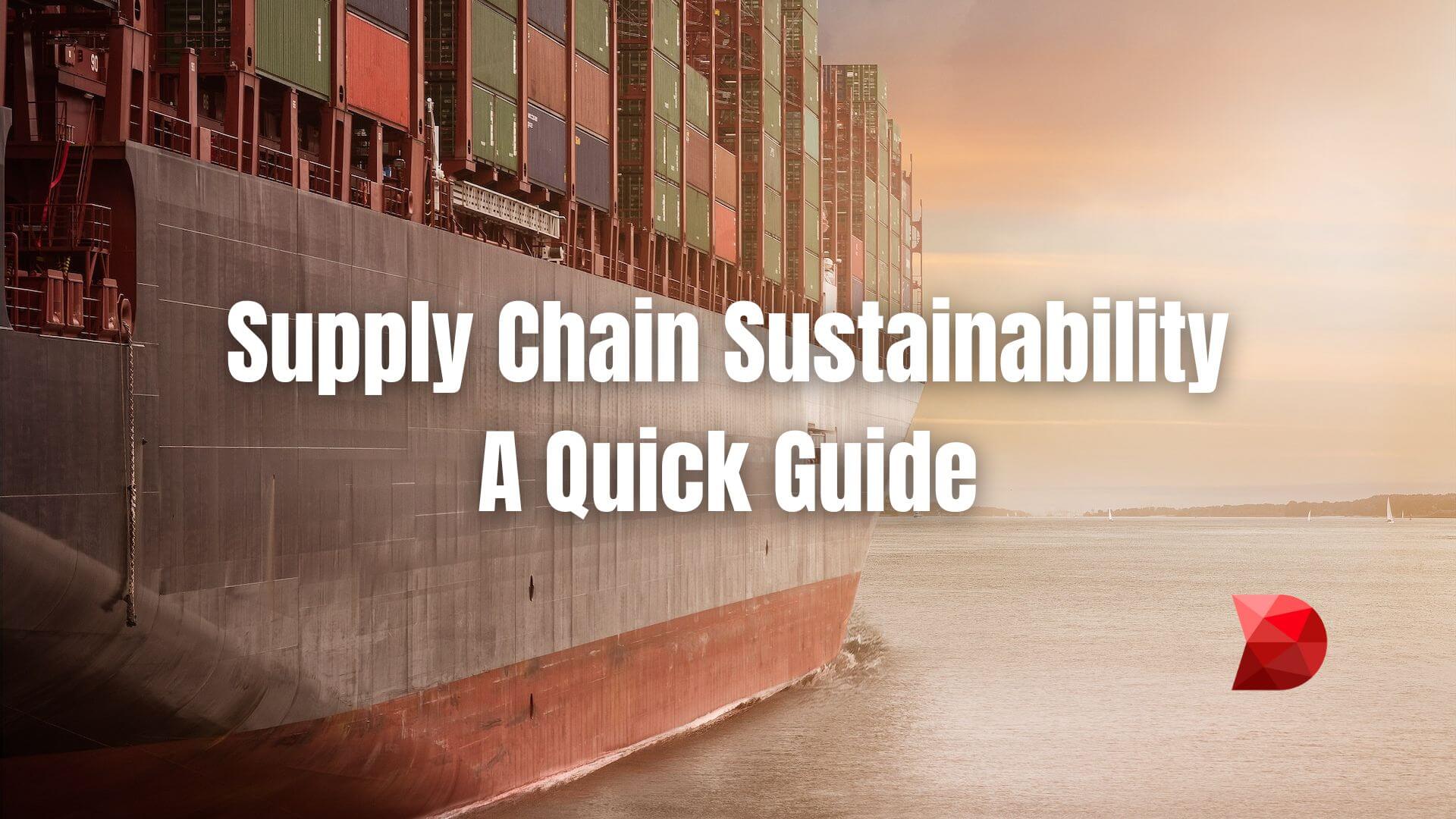Navigating Supply Chain Sustainability: A Comprehensive Guide

In today's climate-conscious world, businesses are under increasing pressure to adopt sustainable practices. Supply chain sustainability is at the forefront of this movement, representing a vital link between profitability and corporate responsibility. This guide will explore the significance of sustainable supply chains, the key components involved, the challenges faced, and the technological innovations shaping the future of supply chain sustainability.

Introduction to Supply Chain Sustainability
Supply chain sustainability refers to the management of environmental, social, and economic impacts throughout the supply chain. It emphasizes ethical sourcing, resource efficiency, and waste reduction. By integrating sustainability into supply chain management, companies can minimize their environmental footprint while enhancing their brand reputation. The relevance of this approach has never been more pronounced as consumers increasingly demand transparency and accountability from businesses.
Importance of Sustainable Supply Chains
Sustainable supply chains offer numerous benefits that extend beyond compliance and reputation. Economically, companies can reduce costs through energy savings and waste reduction. Environmentally, they contribute to the reduction of carbon emissions and resource depletion. Socially, ethical sourcing and fair labor practices improve community relations and employee satisfaction. According to a report by the World Economic Forum, companies with sustainable supply chains can improve their profit margins by up to 20%.
Economic Benefits
Implementing sustainable practices can lead to significant cost savings. For instance, companies that prioritize energy-efficient logistics can lower their transportation costs, resulting in improved profit margins.
Environmental Benefits
Sustainable supply chains help in minimizing resource use and waste. Efficient processes reduce energy consumption and greenhouse gas emissions, contributing to a healthier planet.

Social Benefits
By focusing on ethical sourcing, companies can foster better relationships with stakeholders. Engaging in fair labor practices enhances employee morale and can lead to increased productivity.
Key Components of Supply Chain Sustainability
To achieve supply chain sustainability, businesses must focus on several key components: sustainable sourcing, waste reduction, and resource efficiency.
Sustainable Sourcing
Sustainable sourcing involves selecting suppliers that adhere to environmental and social standards. For example, Unilever has implemented a sustainable sourcing program that ensures its raw materials are sourced responsibly, benefiting both the environment and local communities.
Waste Reduction
Effective waste management is crucial for sustainable supply chains. Companies like Coca-Cola have adopted circular economy principles, aiming to recycle 100% of their packaging by 2030. This commitment significantly reduces landfill waste and promotes recycling.
Resource Efficiency
Maximizing resource efficiency involves using fewer inputs to achieve the same output. Companies such as Procter & Gamble have successfully reduced their water and energy usage across their supply chain, demonstrating the potential for substantial resource savings.

Challenges in Achieving Supply Chain Sustainability
Despite the clear benefits, several challenges hinder the transition to sustainable supply chains. Regulatory pressures, lack of awareness, and high initial costs can create barriers for businesses.
Regulatory Pressures
Navigating the complex landscape of environmental regulations can be daunting. Companies must stay informed about changing laws and ensure compliance to avoid penalties.
Lack of Awareness
Many businesses are still unaware of the long-term benefits of sustainable practices. Education and outreach are crucial in promoting awareness and encouraging action.
High Initial Costs
Investing in sustainable technologies and practices often requires significant upfront capital. However, the long-term savings can outweigh these initial costs.

Technological Innovations in Sustainable Supply Chains
Technology plays a pivotal role in enhancing supply chain sustainability. Innovations such as blockchain, IoT, and AI are revolutionizing how businesses manage their supply chains.
Blockchain
Blockchain technology provides transparency in supply chain transactions. Companies like Walmart are using blockchain to trace the origin of their products, ensuring ethical sourcing and reducing fraud.
IoT
The Internet of Things (IoT) enables real-time monitoring of supply chain processes. This technology allows companies to identify inefficiencies and reduce waste.
AI
Artificial intelligence helps optimize logistics and inventory management. Firms like Amazon leverage AI to streamline delivery routes, minimizing fuel consumption and carbon emissions.
Case Studies of Successful Sustainable Supply Chains
Real-world examples highlight the effectiveness of sustainable supply chain practices.

Unilever
Unilever's Sustainable Living Plan aims to halve its environmental impact while increasing its positive social impact. The company has seen significant growth as a result.
Coca-Cola
Coca-Cola’s commitment to a circular economy includes initiatives to recycle packaging and reduce water usage. Their focus on sustainability has enhanced their brand image.
Procter & Gamble
P&G has made significant strides in reducing its carbon footprint through energy efficiency and waste reduction initiatives. Their efforts have not only benefited the environment but also improved their bottom line.
Walmart
Walmart's Project Gigaton aims to eliminate one billion metric tons of greenhouse gases from its supply chain by 2030. This ambitious goal showcases the company's commitment to sustainability.
Conclusion and Future Trends
In summary, supply chain sustainability is essential for businesses seeking to thrive in an increasingly eco-conscious market. The benefits of sustainable practices extend beyond environmental responsibility to include economic and social gains. As technology continues to evolve, the future of supply chain sustainability looks promising. Companies must embrace these innovations and prioritize sustainable practices to ensure long-term success. By doing so, they can lead the way toward a more sustainable future.
If you're looking to enhance your company's sustainability practices, consider implementing the strategies discussed in this guide. Together, we can build a more sustainable world.